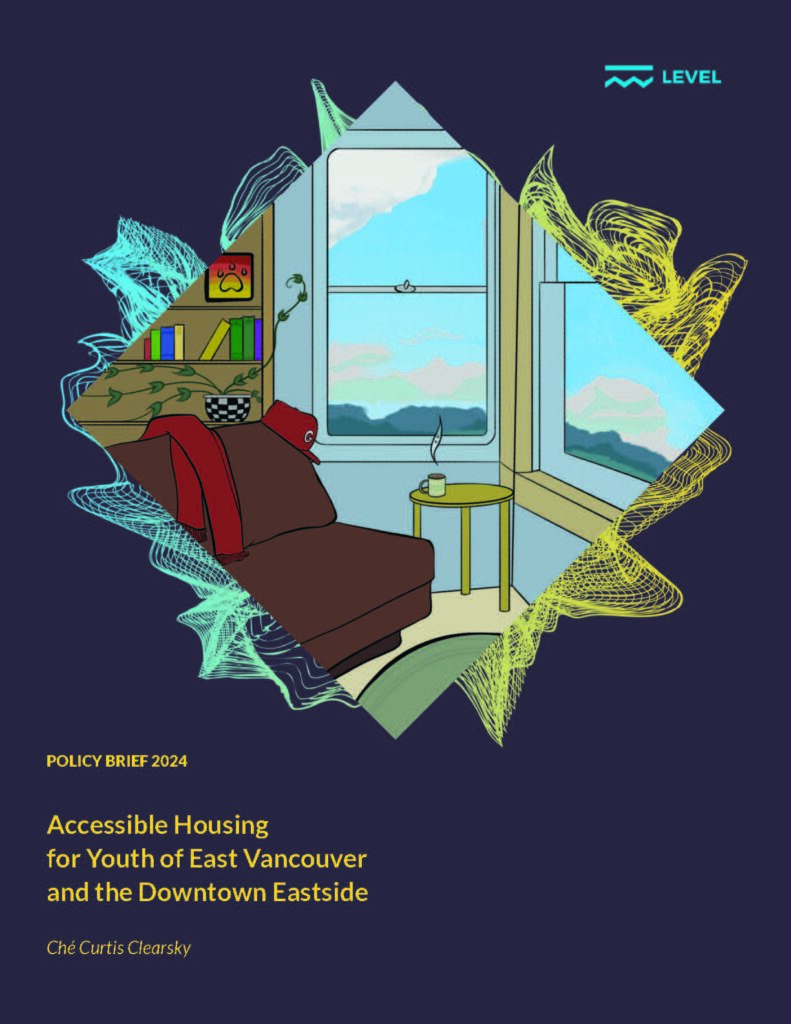This policy ask is based around the housing needs of low-income youth in the DTES. Currently, any possible solutions either have a limited time to make an application at a certain time of year, or are not available at all due to long waitlists that offer no short-term accessibility to their services, which leaves youth with no available options . But with many new developments being built around dense metropolitan areas in Vancouver, such as The Broadway plan, the City Of Vancouver now has an opportunity to allocate these new units in an equitable manner.
I propose that housing solutions are implemented with lower-income youth in mind for future developments, and to create stable environments for young adults to flourish in. Doing so would ensure that these youth can become independent, and get a fresh start without the worry of pests and infestations that often come with living in single-room-occupancy (SRO) units.
Various housing efforts in the Greater Vancouver area, such as West Vancouver’s Affordable Rental Initiative, and the Vancouver Affordable Housing Project, already exist. Translink has planned future developments around Skytrain Stations and Express Bus routes. By pooling together what works from existing housing and transportation projects, I believe we can make a worthwhile investment into the future of Vancouver youth. I propose that the municipal government and provincial government create accessible housing by holding units for youth from the ages of 18-25 within the low-income bracket, and reduce 20% off of rent to a rate of rent at 80% so that the youth can get out of the $2,000 range if rent is on par with the average monthly rent of $2375, according to the Metro Vancouver residential report of 2024 from Sterling Management Services, LTD Realty Group. Property managers and/or landlords can still make profit from the other tenants who are not under the policy, and incentivize landlords with tax breaks applied to those new developments opting into the policy. If a building is designed to have under 50 units allocate 8% to youth in low-income and buildings with over 50 have 10% units allocated to youth with low-income. The percentages are based on being able to change a few lives, and to make change without the disruption of major missed income and properties are more willing to apply the policy.
Watch Ché’s policy presentation:


